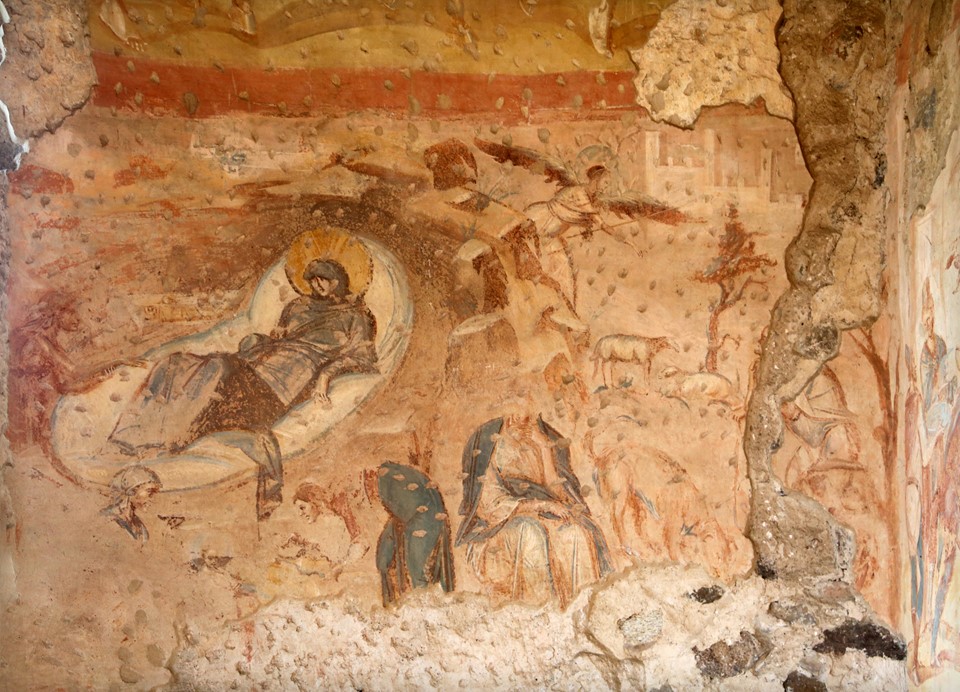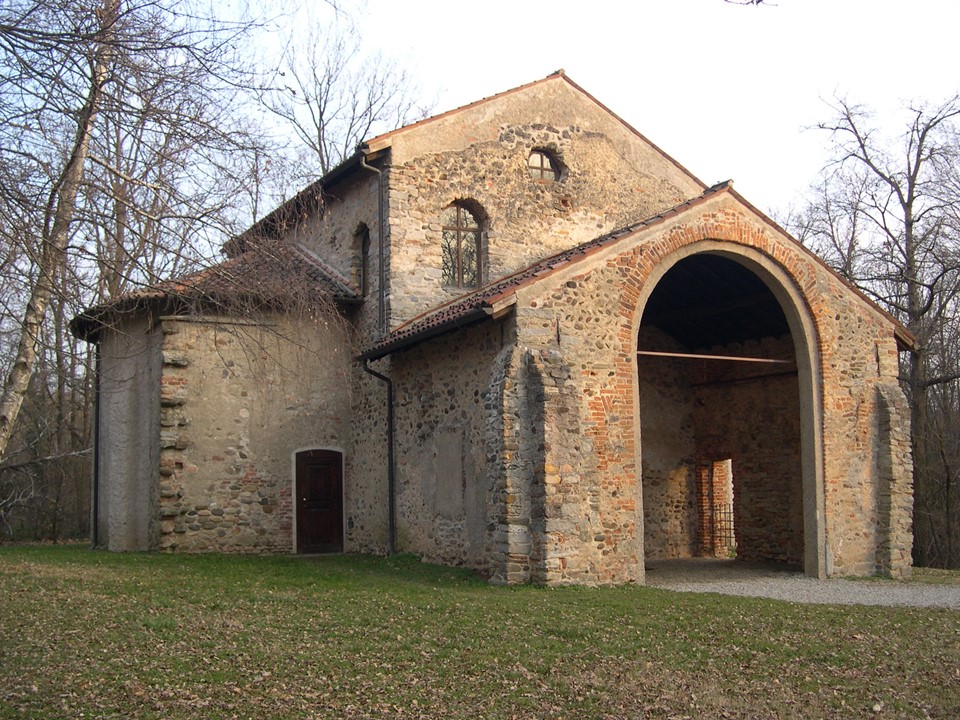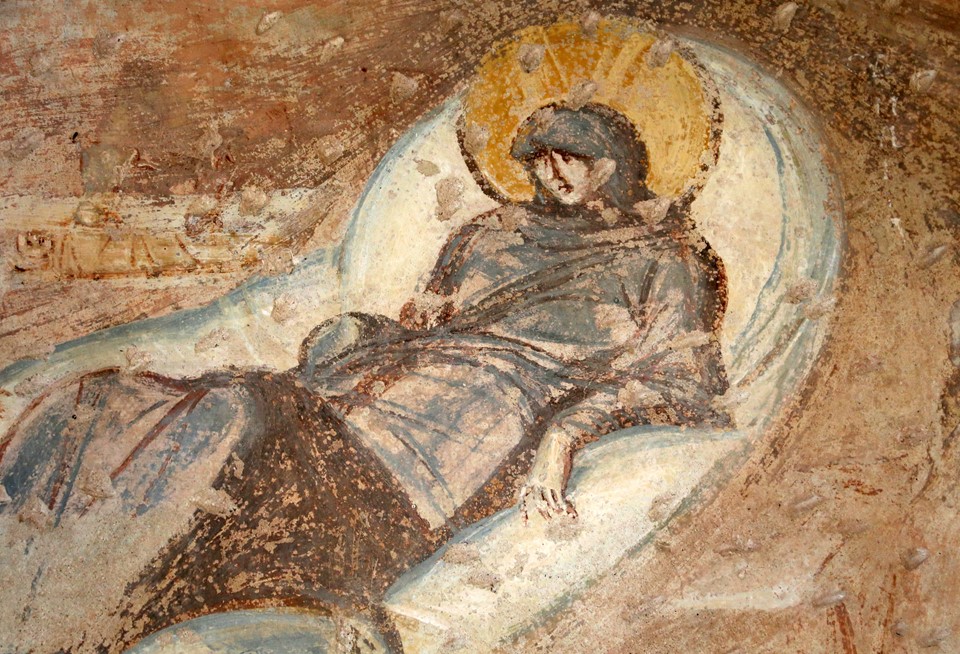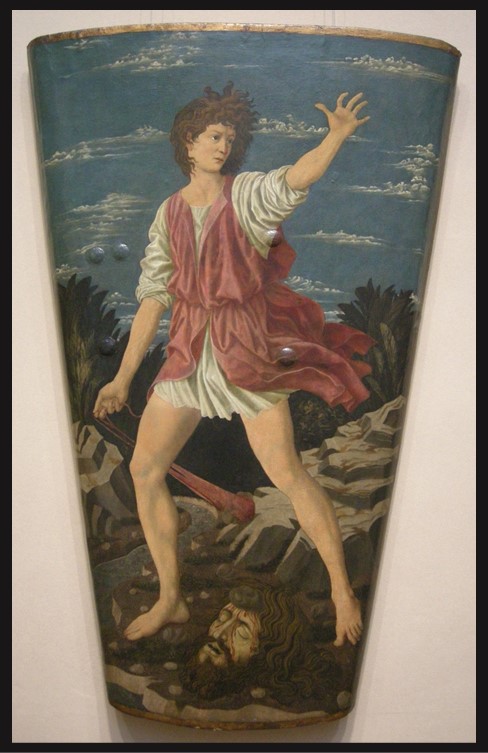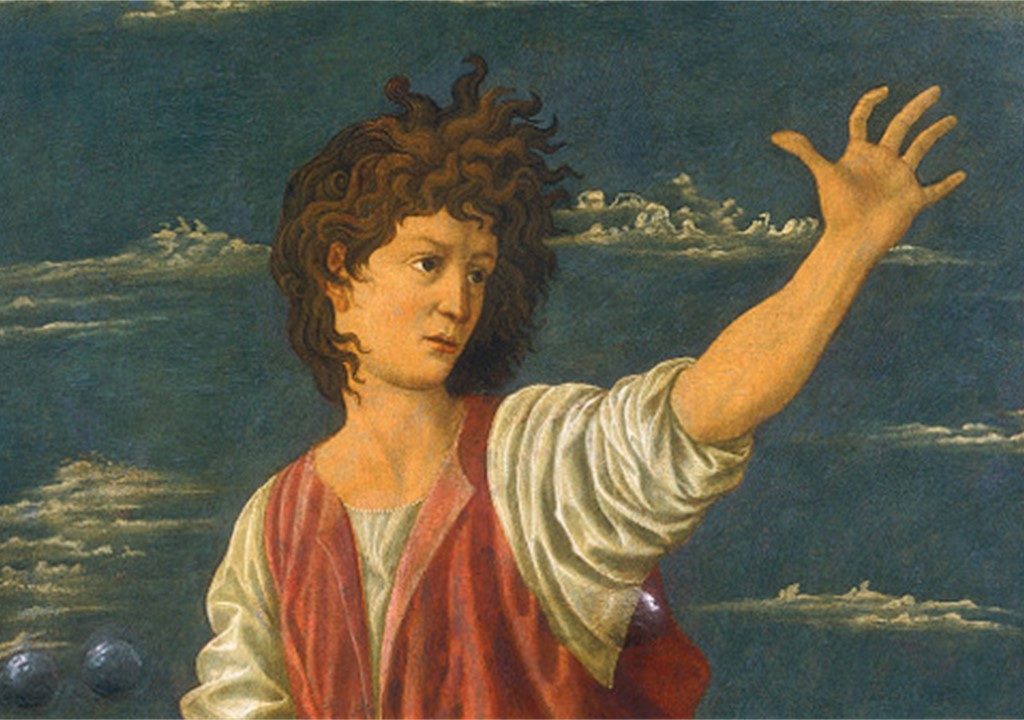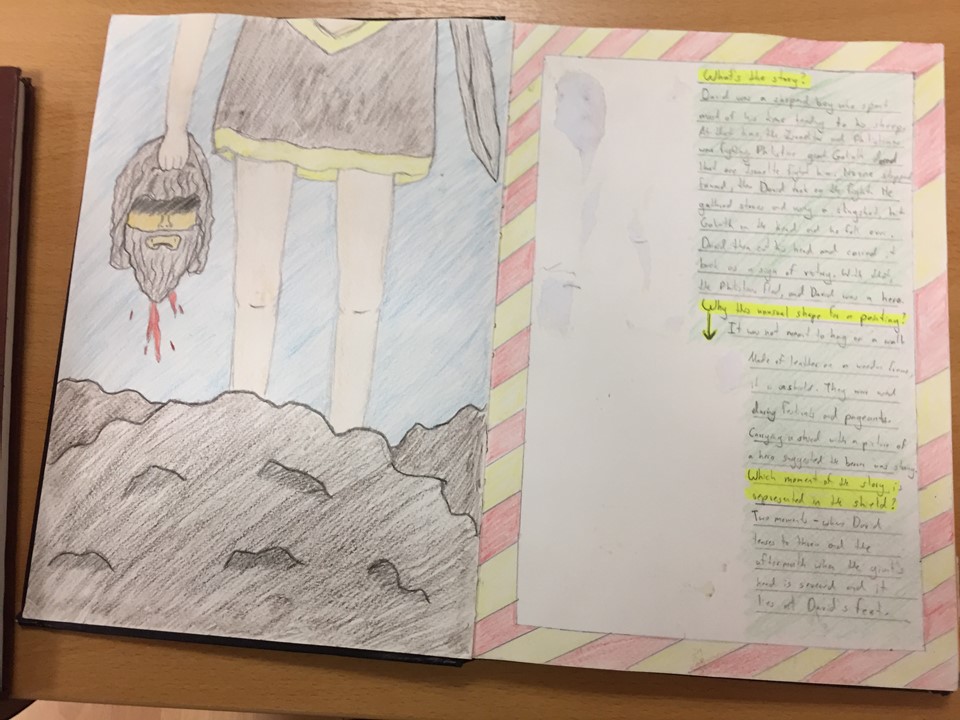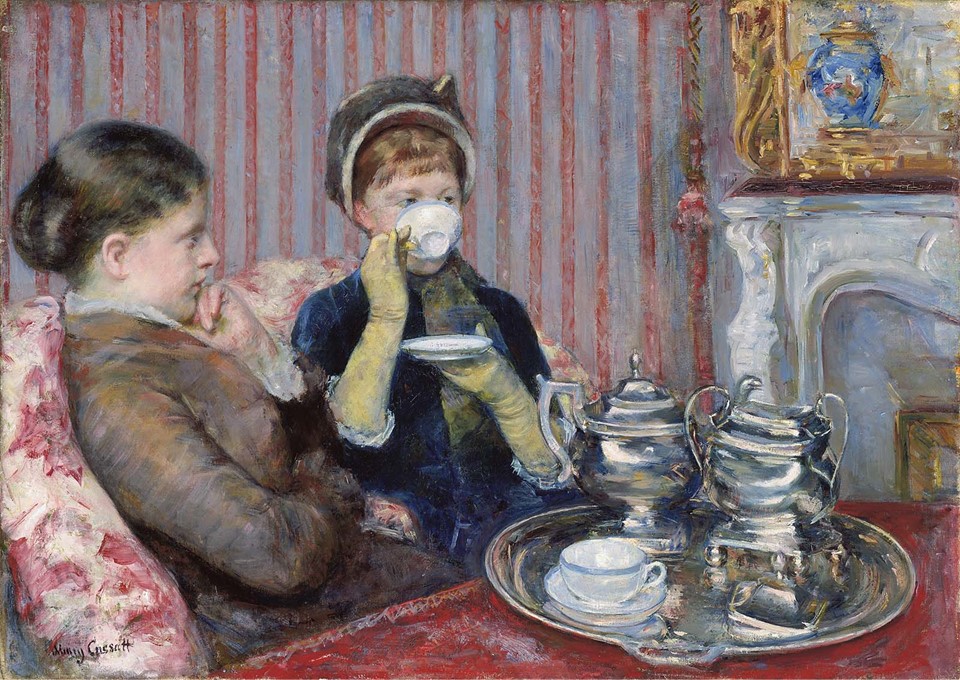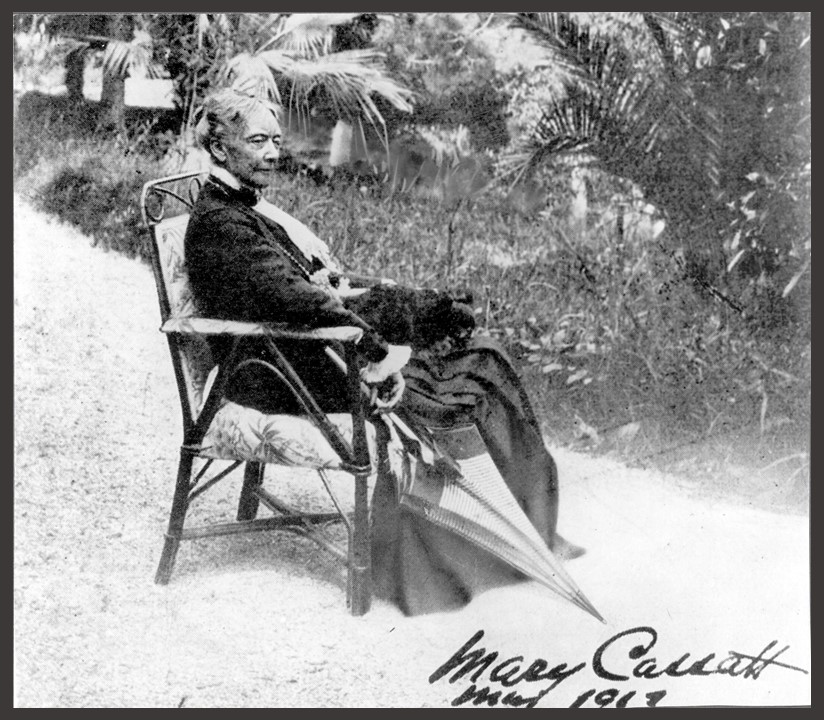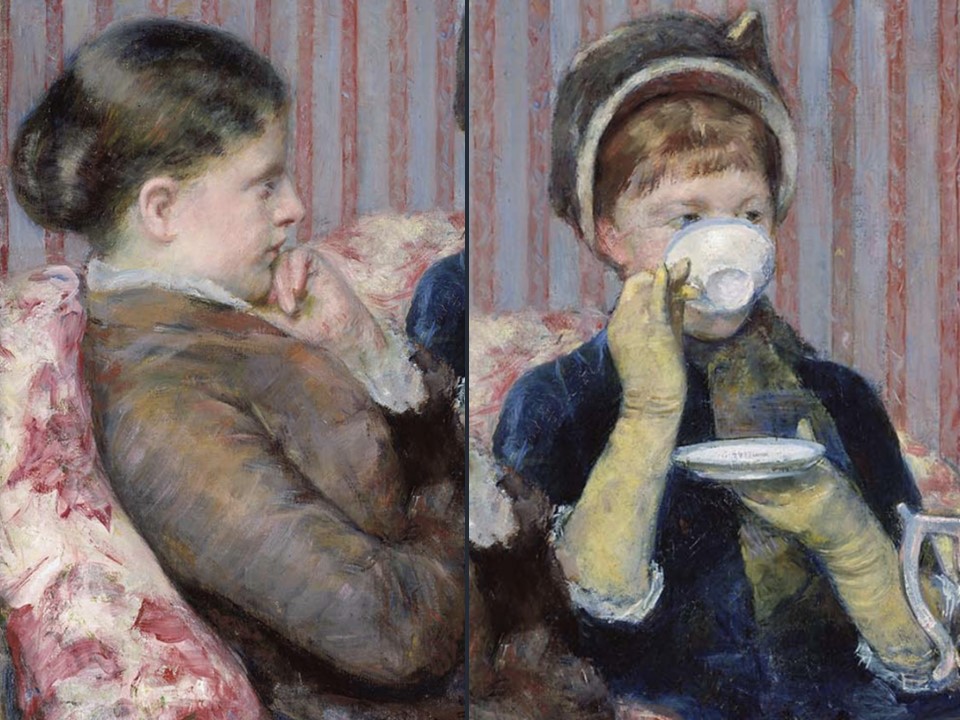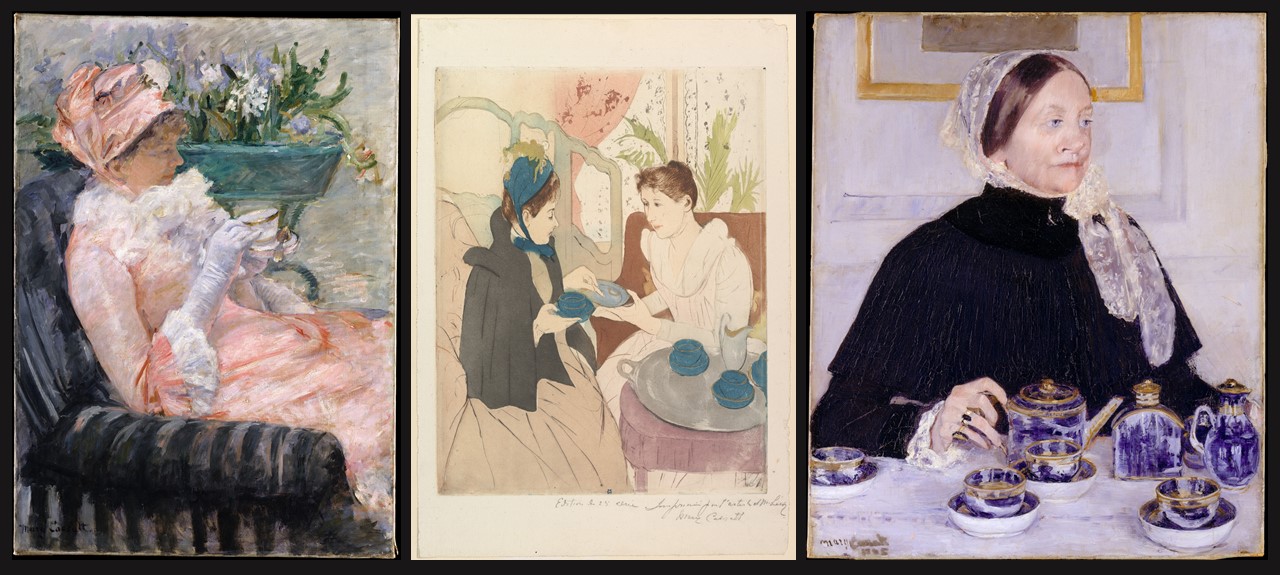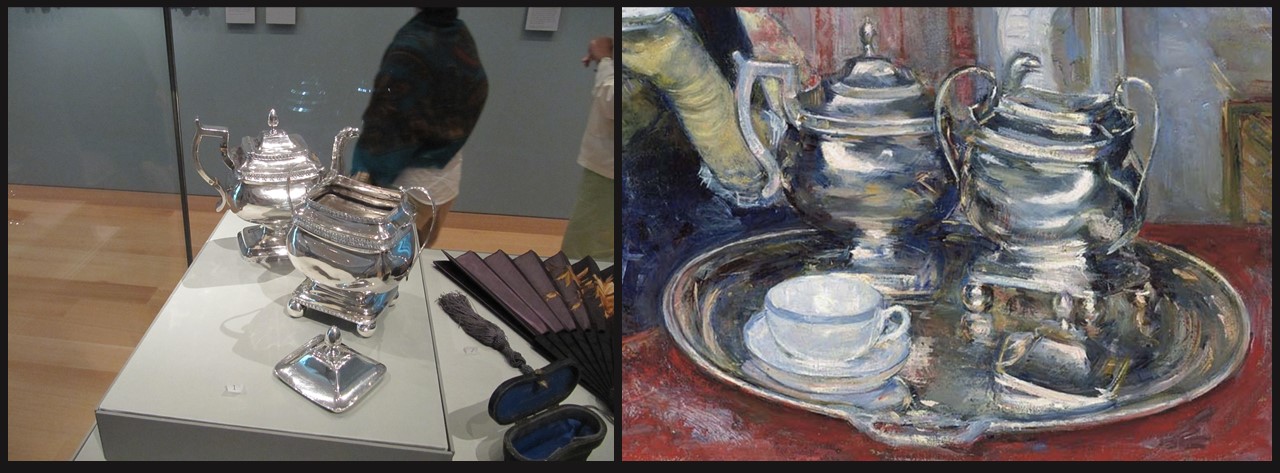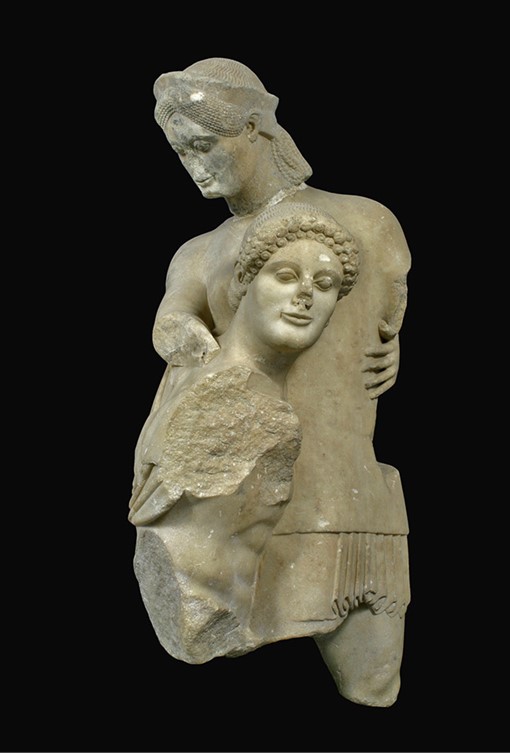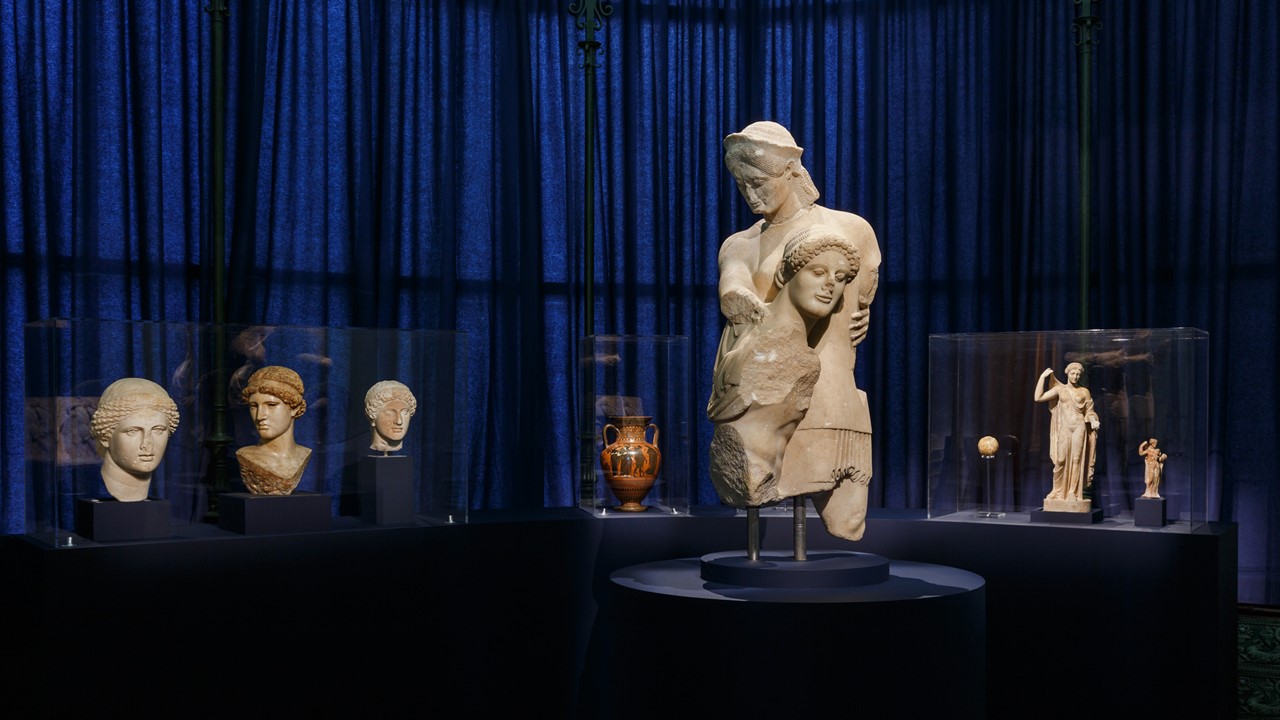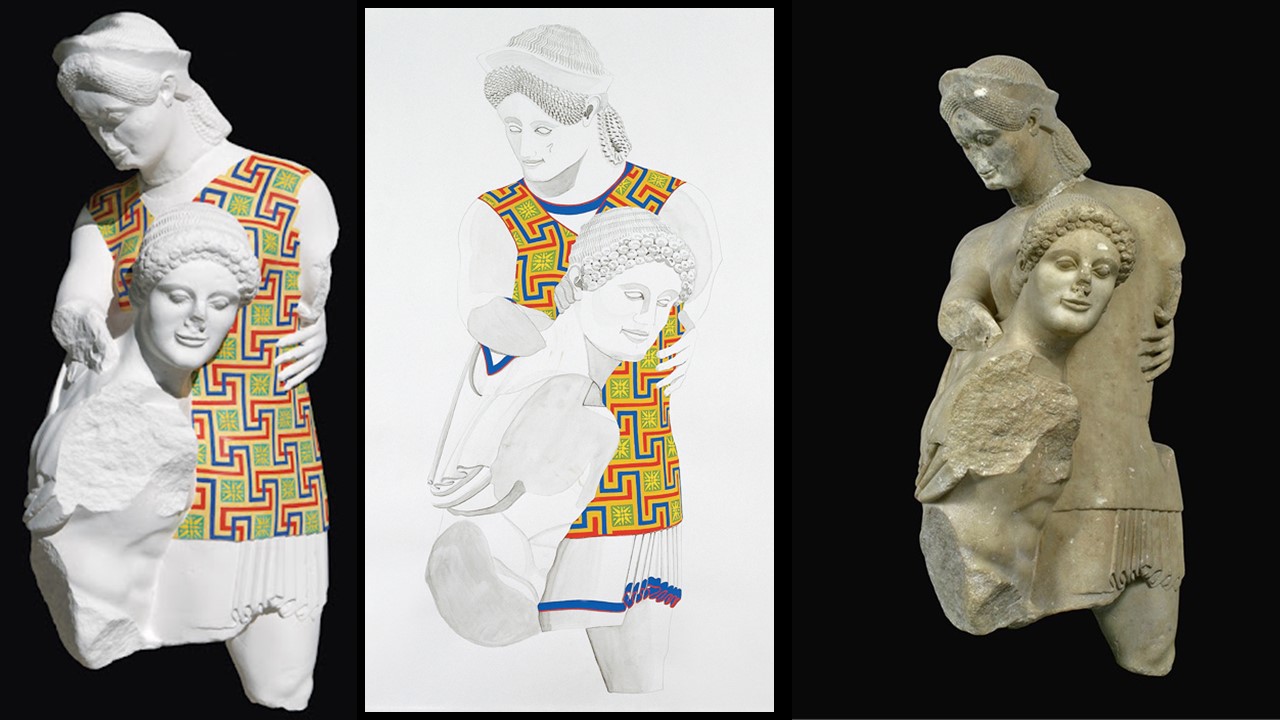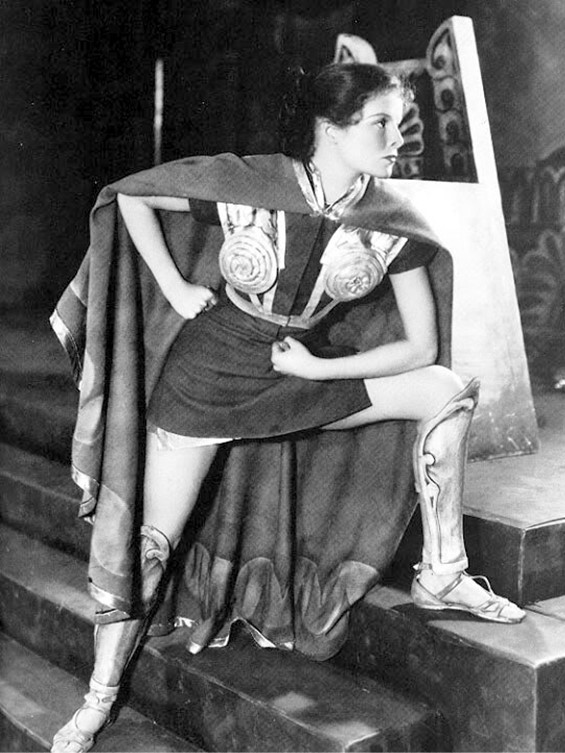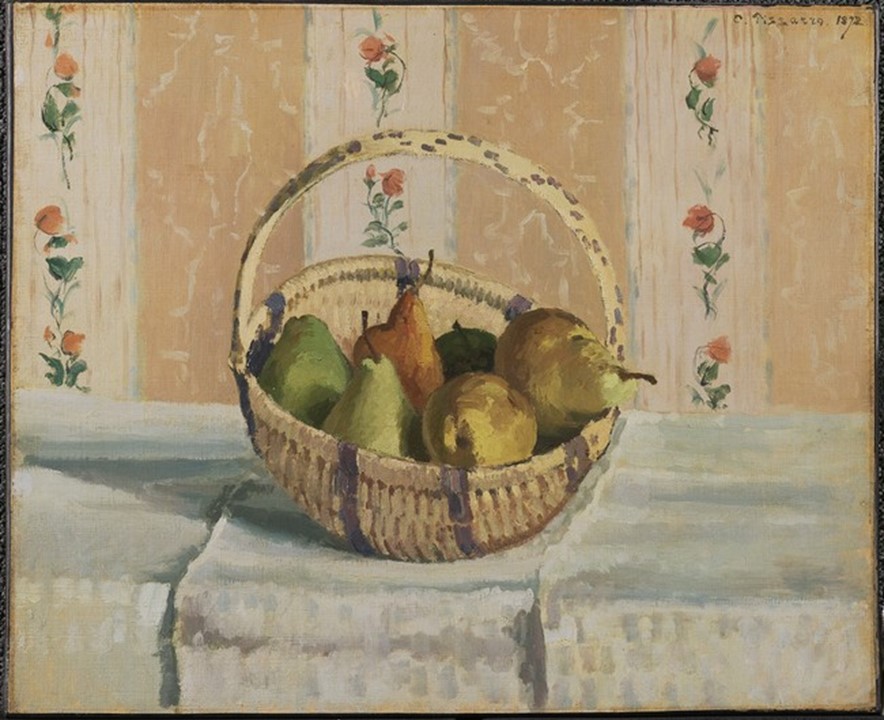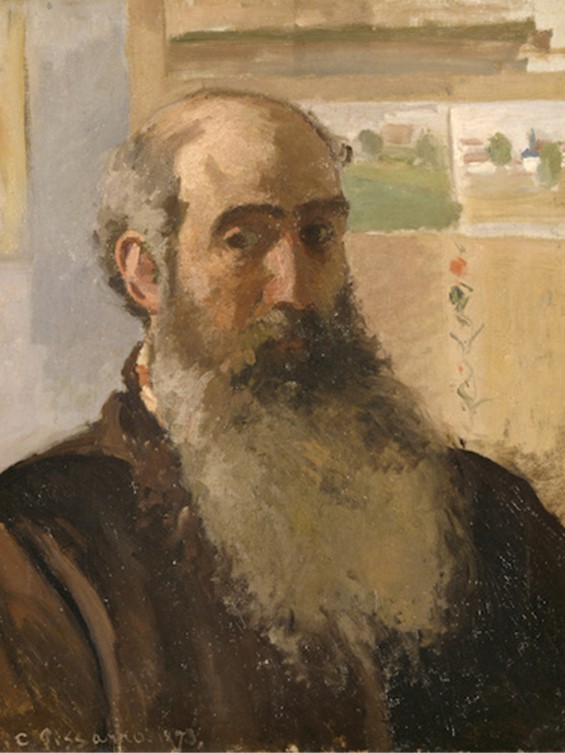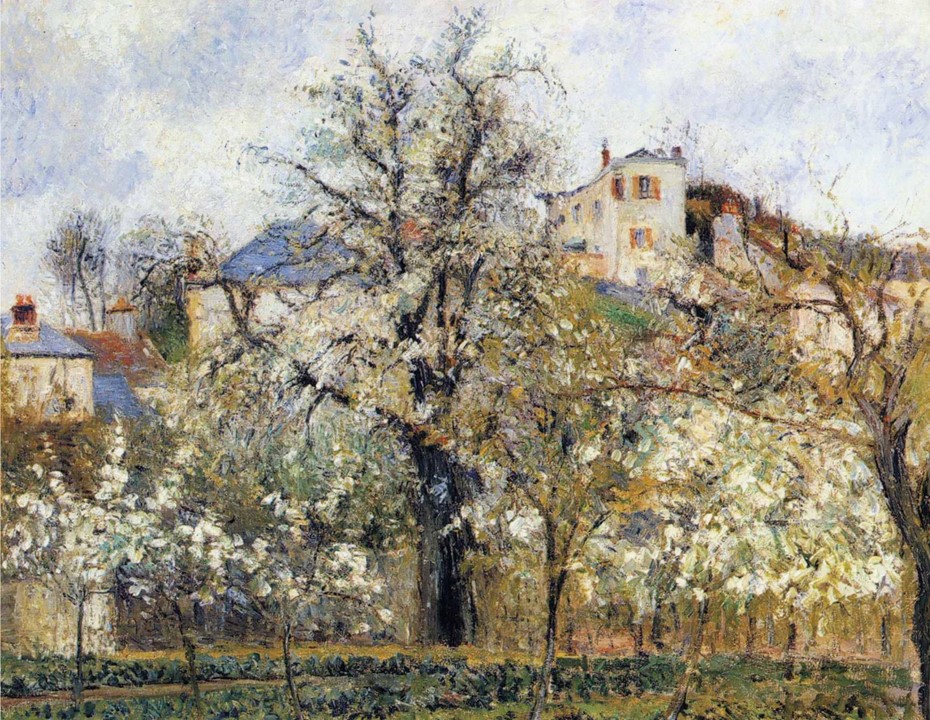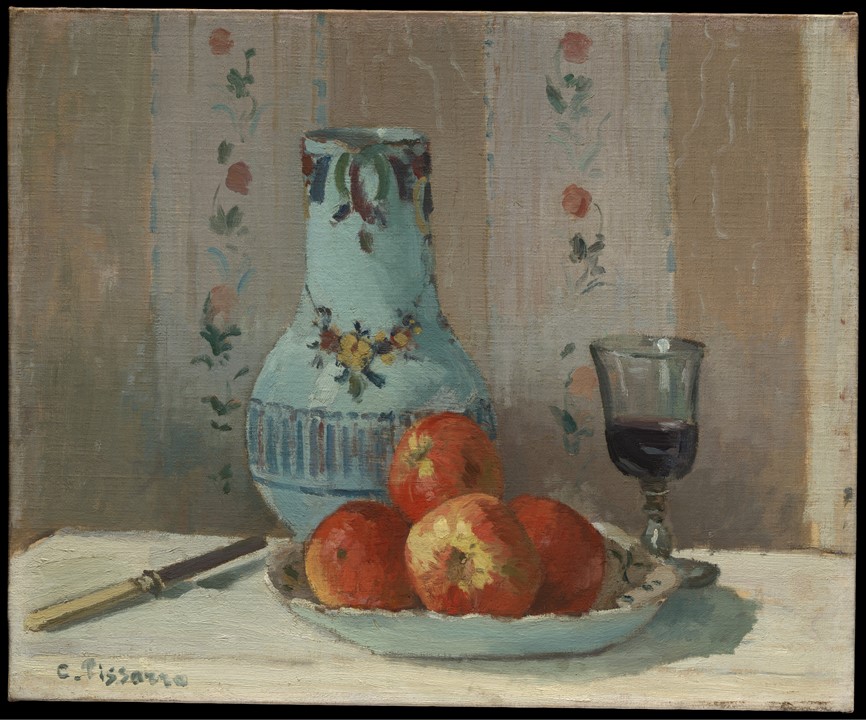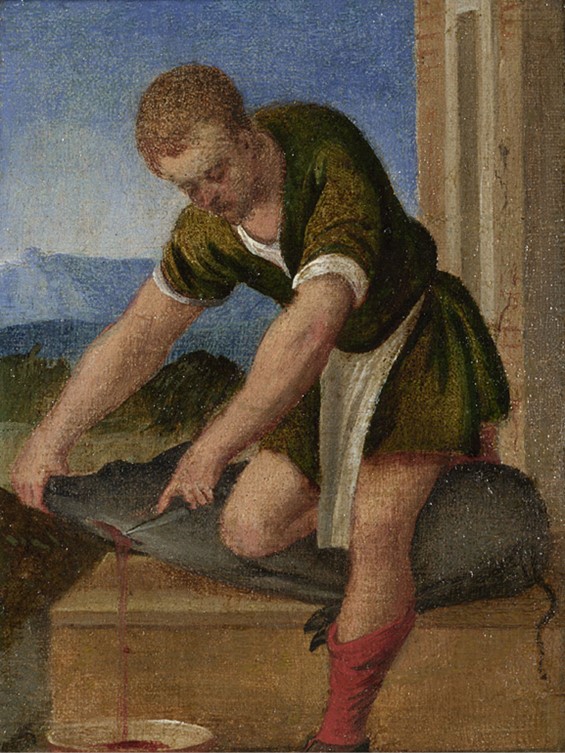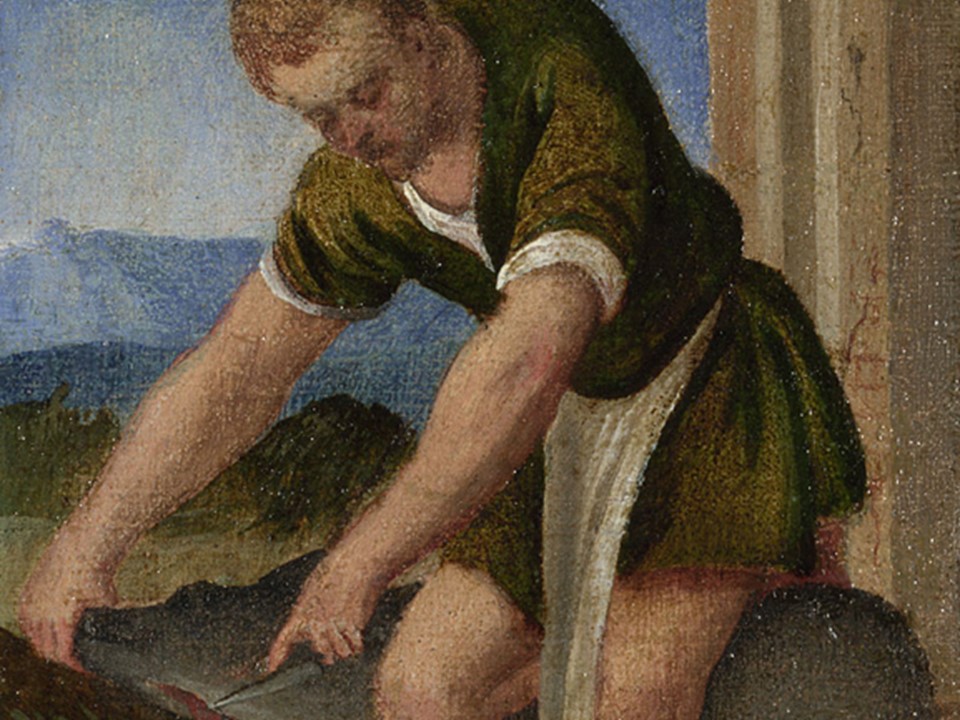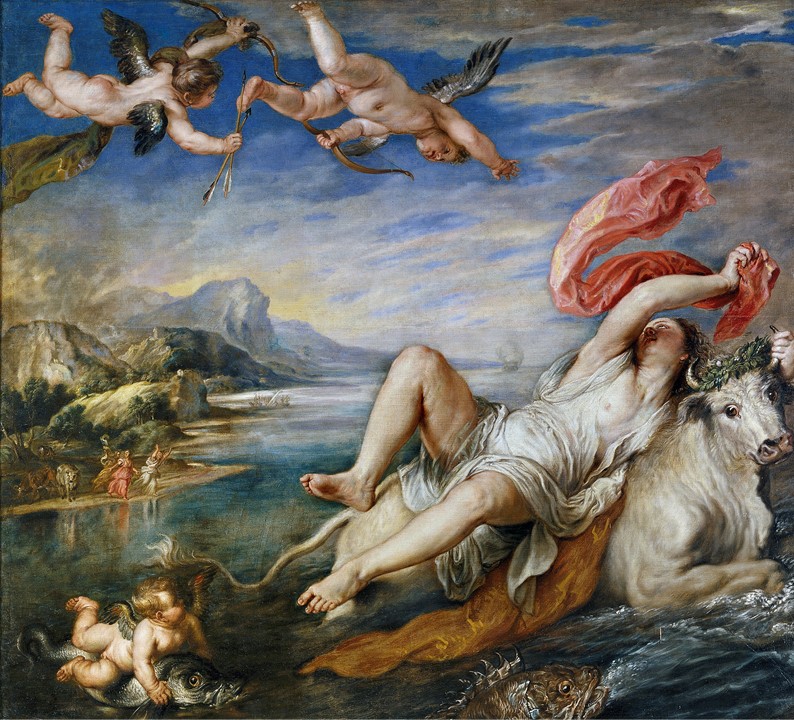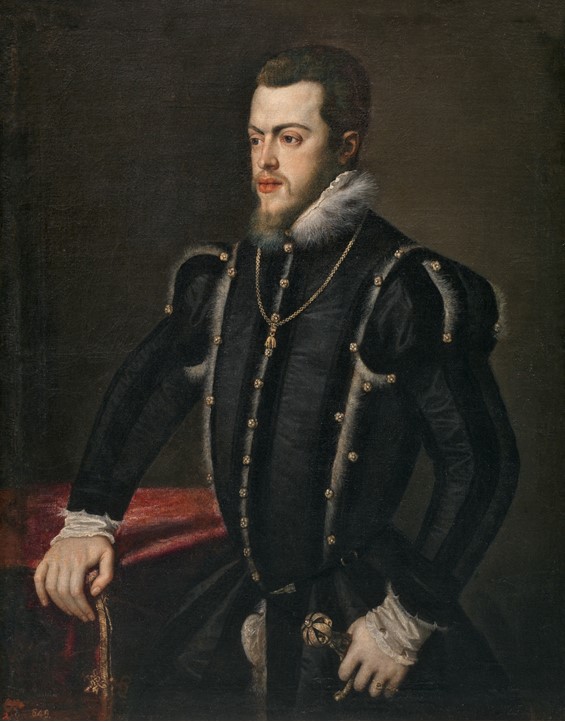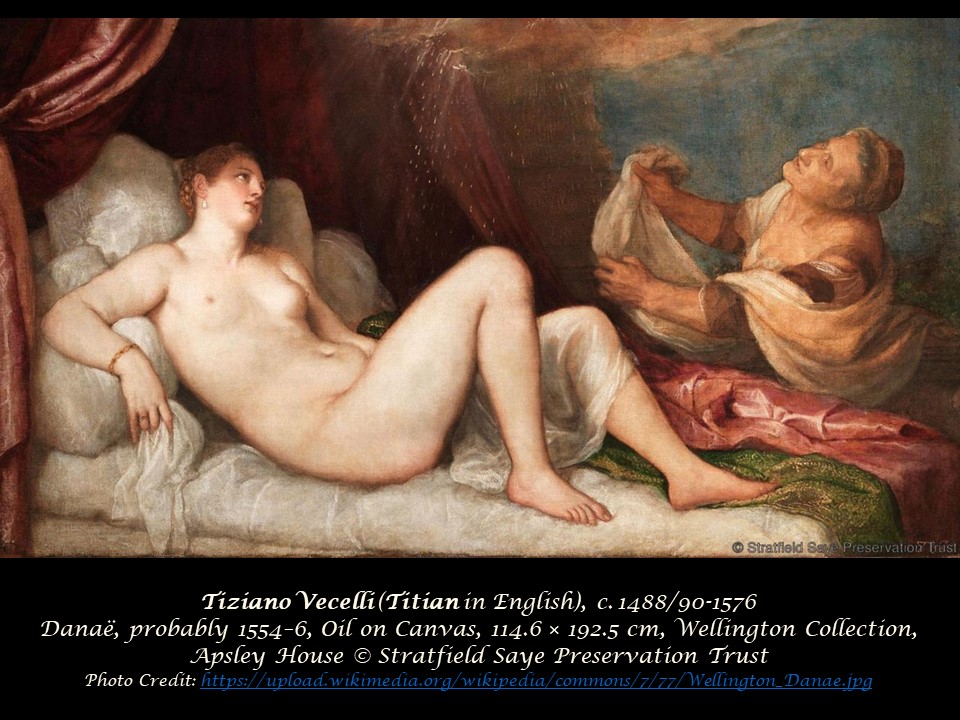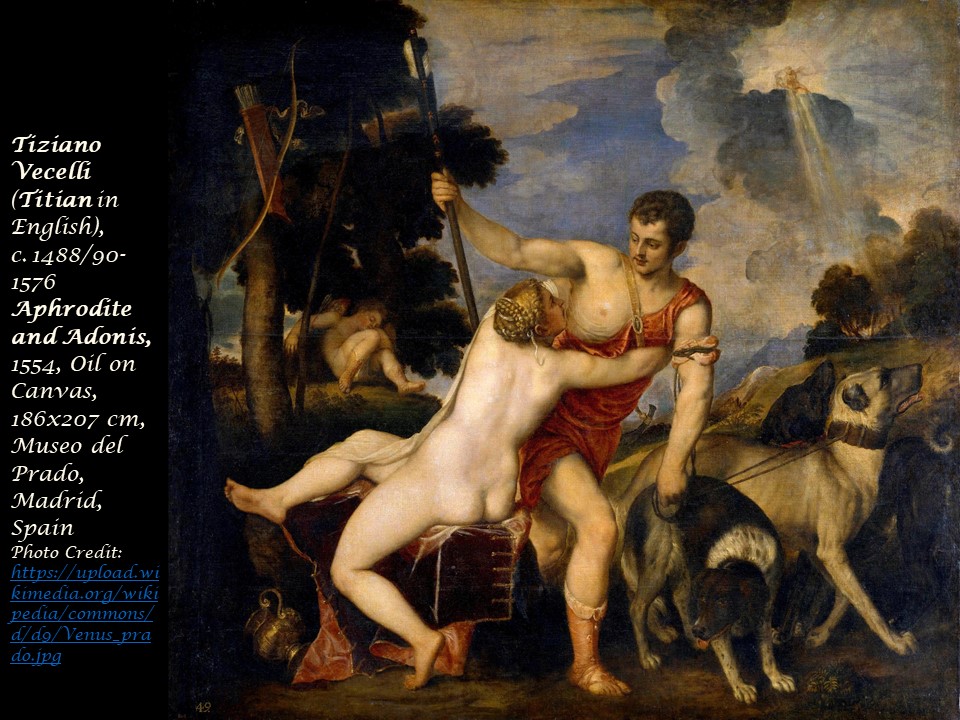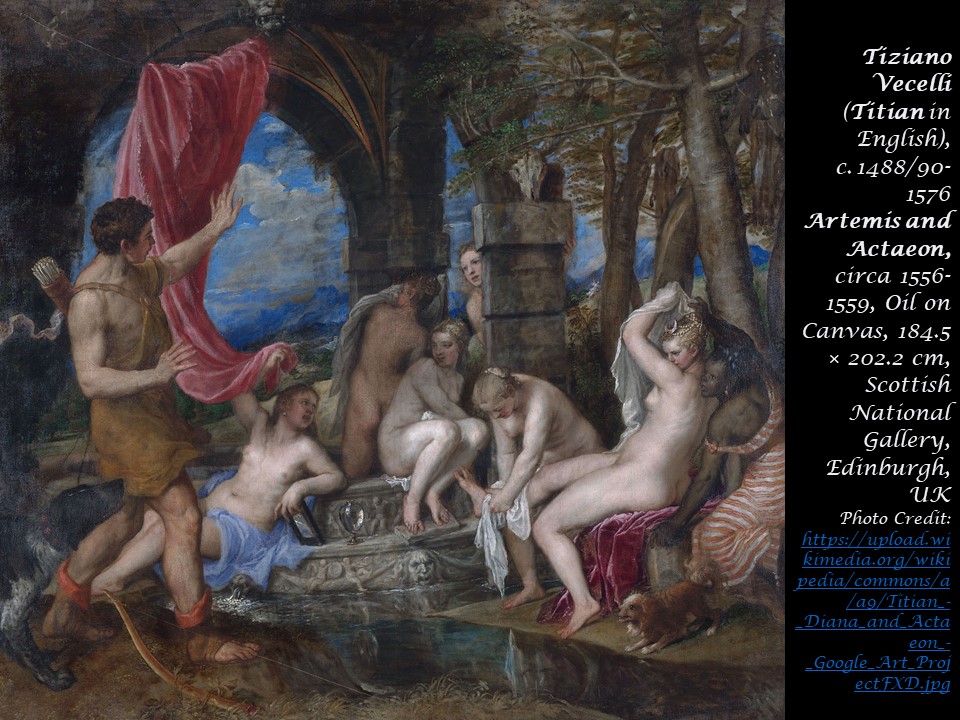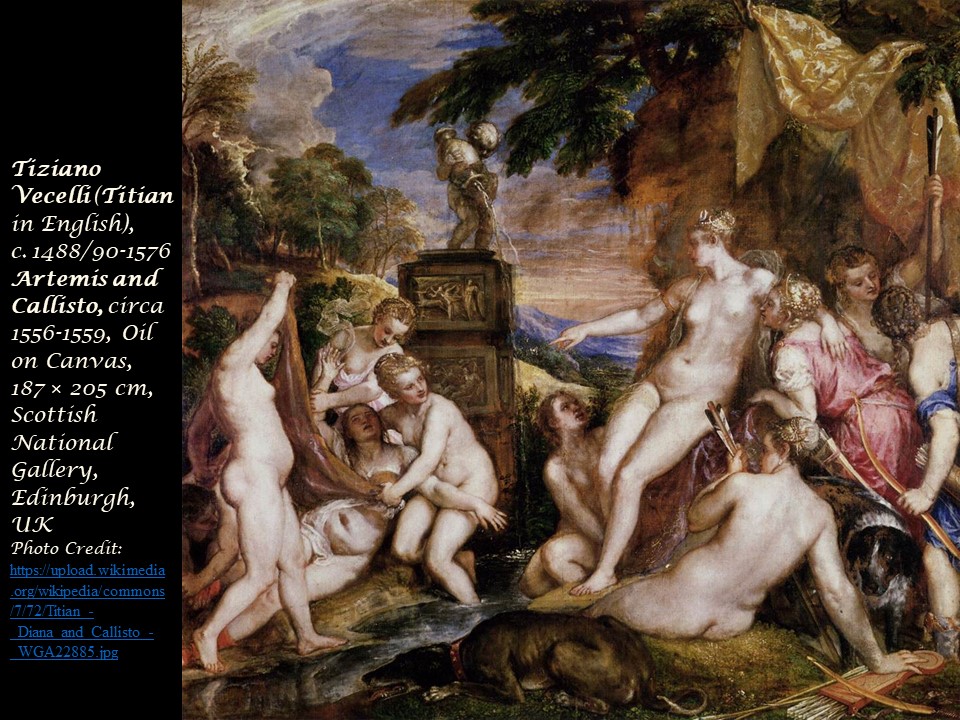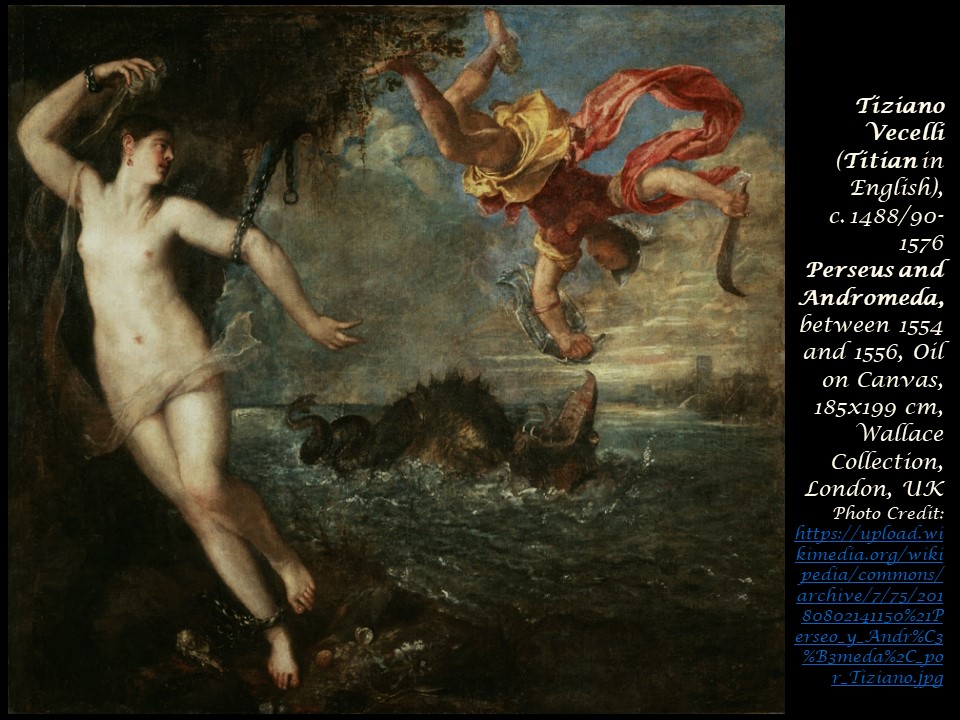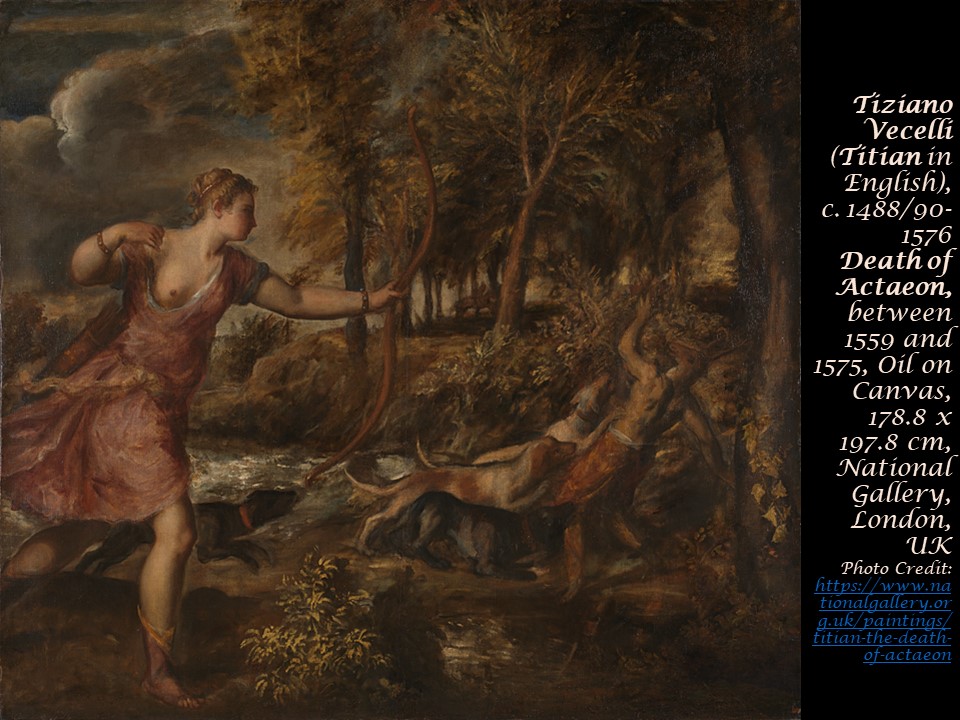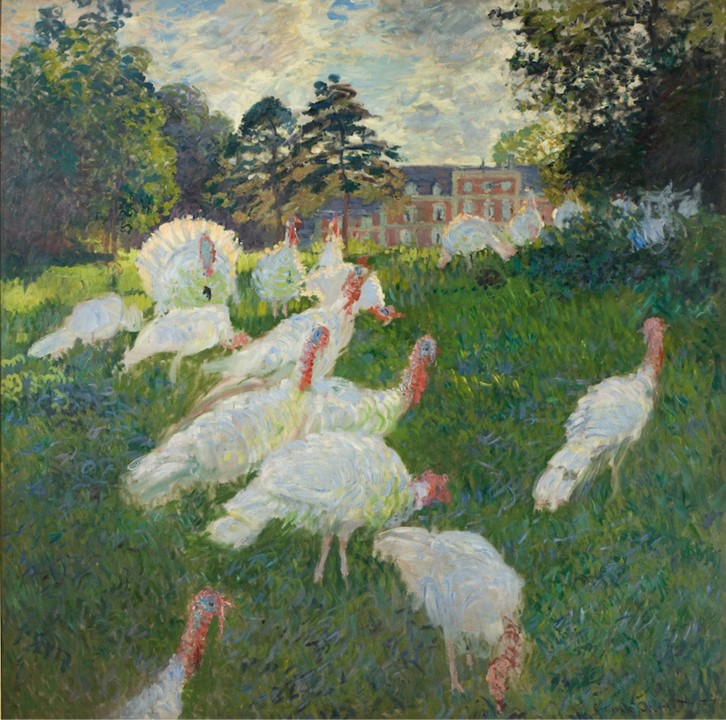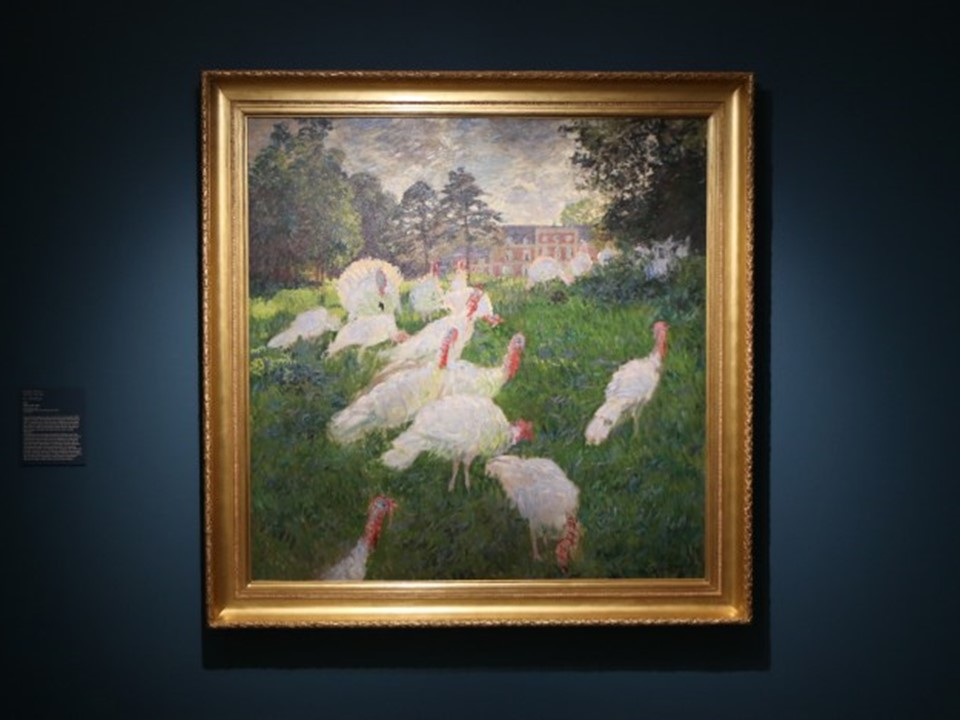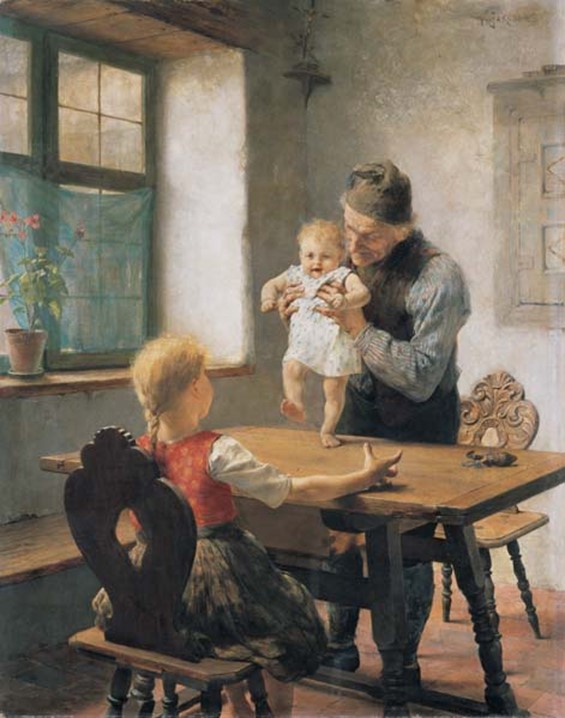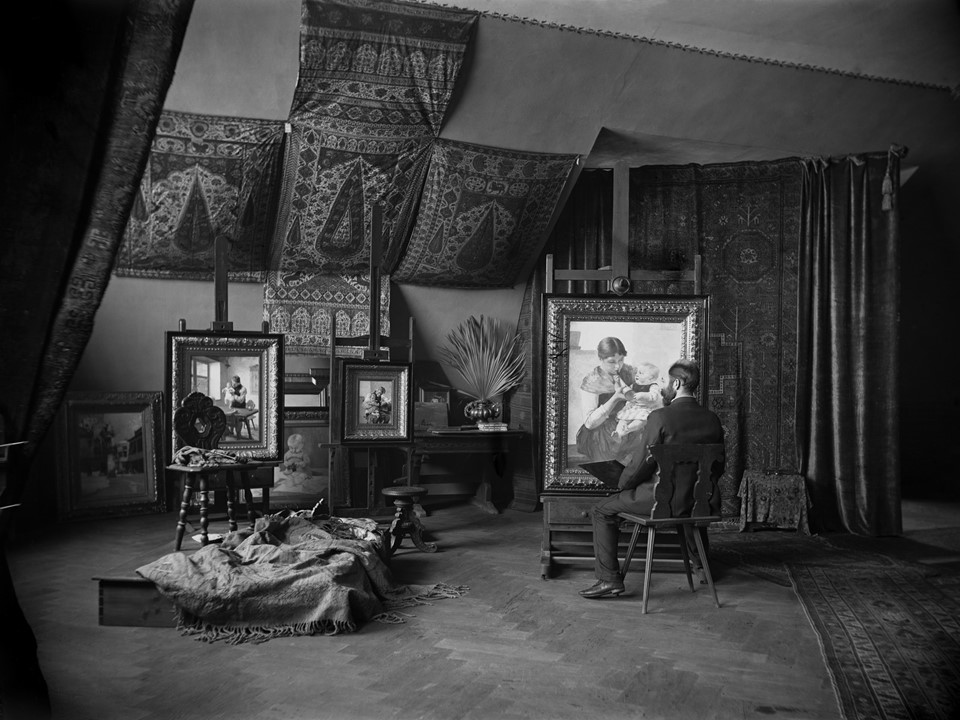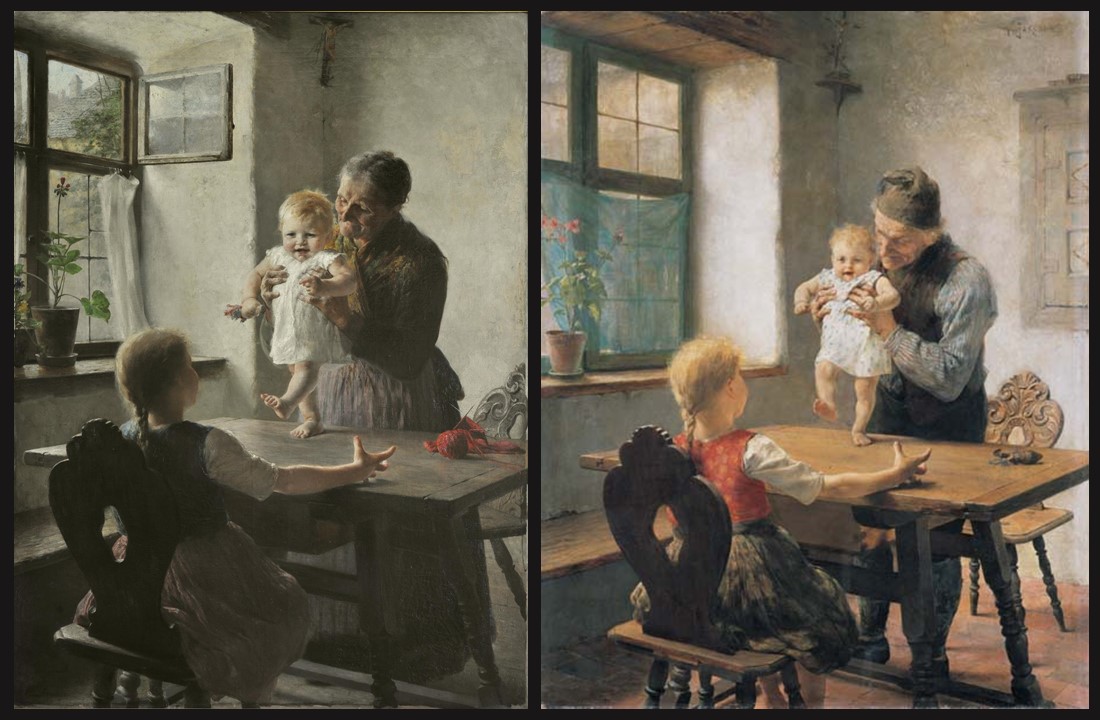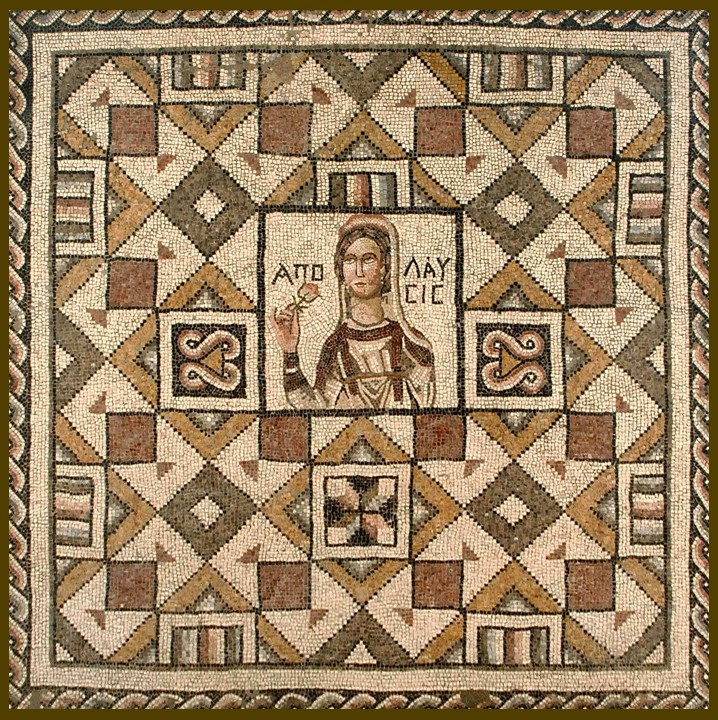
http://museum.doaks.org/objects-1/info?query=Portfolios%20%3D%20%222606%22&sort=0&page=2
I have always said and felt that true enjoyment can not be described… said Jean Jacques Rousseau… but at the vestibule of the Dumbarton Oaks Museum, Enjoyment has a face… the Floor Mosaic with Apolausis the personification of Enjoyment welcomes visitors since its doors opened to the public in 1941and I can not think of a better way to welcome you to the New Year! May 2022 be a Year of pure Enjoyment! https://www.stresslesscountry.com/enjoyment-quotes/
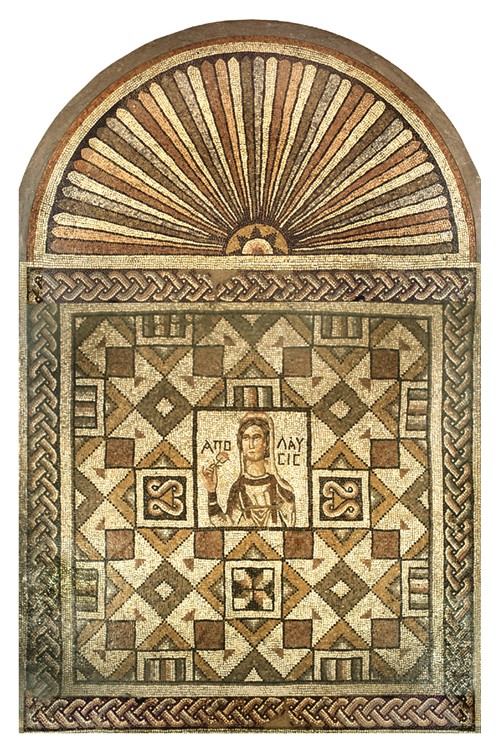
http://museum.doaks.org/objects-1/info?query=Portfolios%20%3D%20%222606%22&sort=0&page=2
Antioch on the Orontes, the modern-day city of Antakya in Turkey, was founded near the end of the fourth century BC by Seleucus I Nicator, one of Alexander the Great’s generals and successors to his Empire. It flourished and prospered, rivaling even the city of Alexandria in Egypt, as the capital of the Seleucid Empire until 63 BC, when the Romans took control in Syria. Called the cradle of Christianity, Antioch, a great military, and economic metropolis with a population of about 250,000 people became the hub of both Hellenistic Judaism and early Christianity. The city’s decline started during the Byzantine–Sassanid War of 602–628 and continued during the Umayyad period as Antioch found itself on the frontline of the conflicts between two hostile empires, the Byzantine, and the rising realm of the Arabs. In 1268 the Baibars (Mamluks of Egypt), besieged Antioch, capturing the city on May 18, marking, thus, the end of its history. https://vrc.princeton.edu/archives/collections/show/7 and https://en.wikipedia.org/wiki/Antioch
Between 1932 and 1939, archaeological excavations of Antioch, its wealthy suburb Daphne, and the port city of Seleucia Pieria, were undertaken under the direction of the “Committee for the Excavation of Antioch and Its Vicinity”, which was made up of representatives from Princeton University, the National Museums of France, the Baltimore Museum of Art, the Worcester Art Museum, and later (1936), Mr. and Mrs. Bliss, founders of the Dumbarton Oaks Research Library and Collection. Archaeologists unearthed magnificent public and private buildings, and …over three hundred mosaic pavements. The Syrian Government agreed that in return for their contributions, the institutions and the donors to the excavation project would receive archaeological finds like the Apolausis Floor Mosaic. https://vrc.princeton.edu/archives/collections/show/7 and https://www.getty.edu/publications/romanmosaics/catalogue/excavations-antioch/ and http://museum.doaks.org/objects-1/info?query=Portfolios%20%3D%20%222606%22&sort=0&page=2
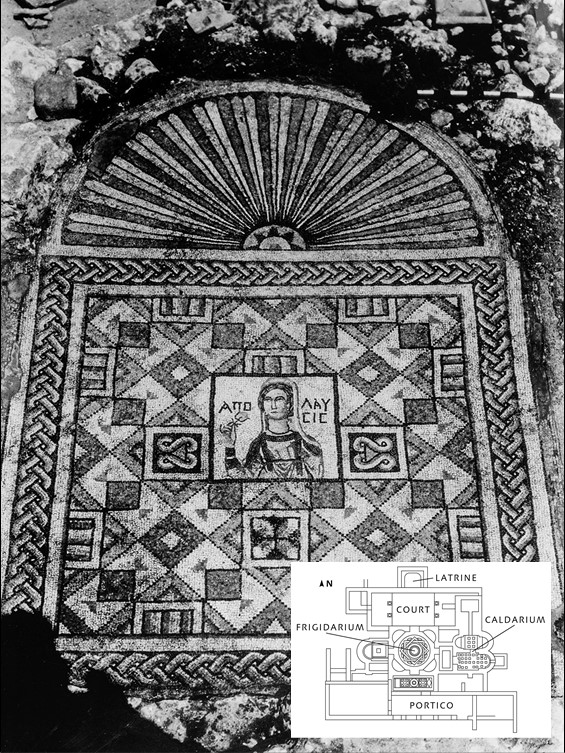
Plan of the Bath of Apolausis, based on an original excavation drawing (Stillwell, 1941, plan 5)
https://www.getty.edu/publications/romanmosaics/catalogue/excavations-antioch/#&gid=1&pid=4
https://www.getty.edu/publications/romanmosaics/catalogue/excavations-antioch/#&gid=1&pid=2
The Bath of Apolausis, a small public building that originally served an agricultural complex or group of country villas on the eastern side of the plain of Antioch, at the foot of Mount Silpios was richly decorated with floor mosaics and wall frescoes. Today, the mosaics discovered in this small Bath-House are shared between the Getty Museum (Mosaic Floor with Animals), the Hatay Museum (Sotiria/Salvation Floor Mosaic), and the Dumbarton Oaks (Apolausis/Enjoyment Floor Mosaic). https://www.getty.edu/art/collection/objects/103452/unknown-maker-panel-from-a-mosaic-floor-from-antioch-central-panel-part-of-70ah96-roman-syrian-about-ad-400/ and https://www.youtube.com/watch?v=spir8xGciQo and http://museum.doaks.org/objects-1/info?query=Portfolios%20%3D%20%222606%22&sort=0&page=2
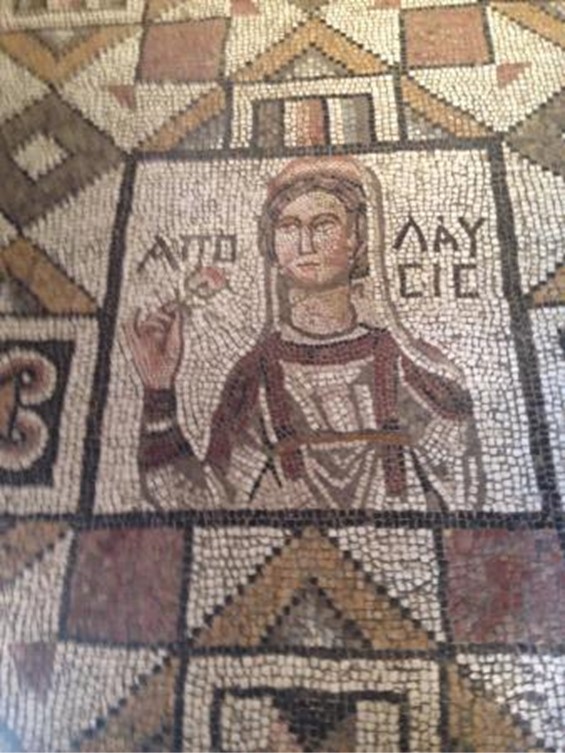
http://museum.doaks.org/objects-1/info?query=Portfolios%20%3D%20%222606%22&sort=0&page=2
The personification of Apolausis/Enjoyment, after which the bath was named, decorated the bottom of a large pool with an apsidal end accessed through a doorway on the west side of the octagonal Hall/Frigidarium. As Dr. Will Wootton noted during a 2016 lecture… water would have run over the surface of the Apolausis floor Mosaic… showing that the water was so clear and pure that you could see the mosaic perfectly beneath it. http://museum.doaks.org/objects-1/info?query=Portfolios%20%3D%20%222606%22&sort=0&page=2 and https://www.doaks.org/newsletter/how-mosaics-were-made-and-made-known
To Celebrate the New Year with your Kindergarten – Early Elementary School students… do a HAND-FAN Activity. Create simple, paper HAND-FANS and decorate them with Synonyms to ENJOYMENT! Add a beautiful coloured ribbon and… Voila!!!
For the Student Activity Worksheet, please Check HERE!
To see the Princeton Antioch Catalogued Photographs on the 1938 Apolausis Bath Excavations and finds, go to… http://vrc.princeton.edu/researchphotographs/s/antioch/item?fulltext_search=Apolausis+Bath&property%5B0%5D%5Bjoiner%5D=and&property%5B0%5D%5Bproperty%5D=&property%5B0%5D%5Btype%5D=eq&property%5B0%5D%5Btext%5D=&resource_class_id%5B%5D=&item_set_id%5B%5D=5&resource_template_id%5B%5D=2&resource_template_id%5B%5D=4&resource_template_id%5B%5D=5&resource_template_id%5B%5D=6&resource_template_id%5B%5D=7&resource_template_id%5B%5D=8&resource_template_id%5B%5D=9&resource_template_id%5B%5D=10&resource_template_id%5B%5D=18&resource_template_id%5B%5D=19&resource_template_id%5B%5D=20&resource_template_id%5B%5D=21&resource_template_id%5B%5D=22&submit=Search#?cv=&c=&m=&s=
